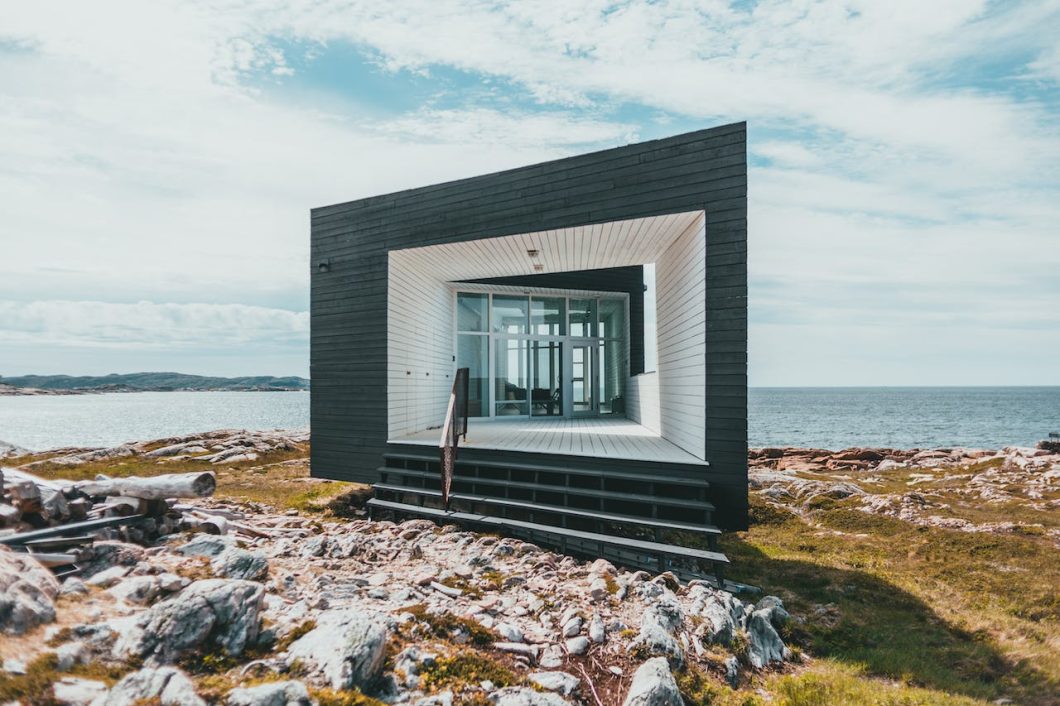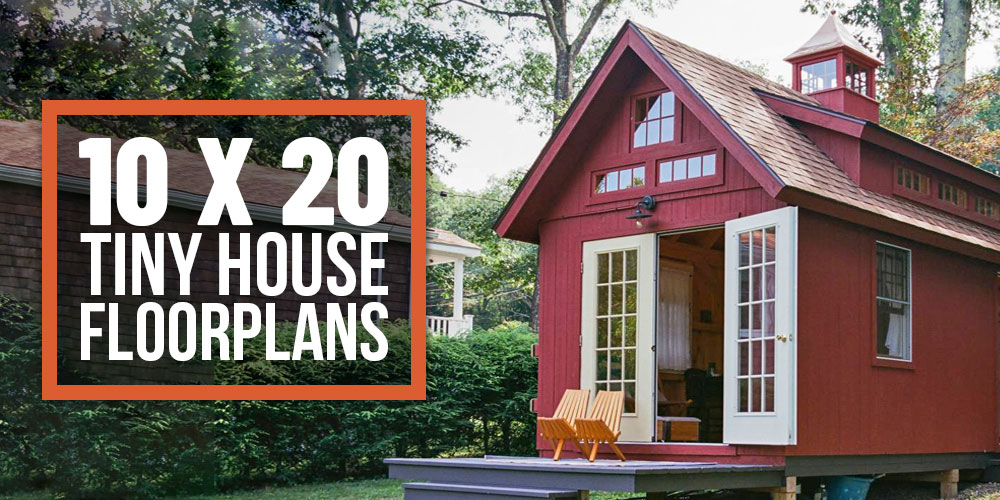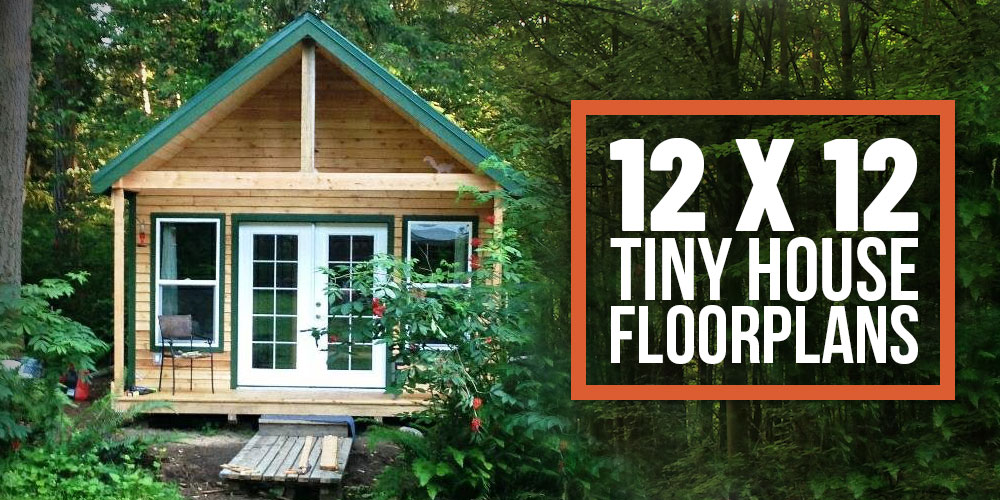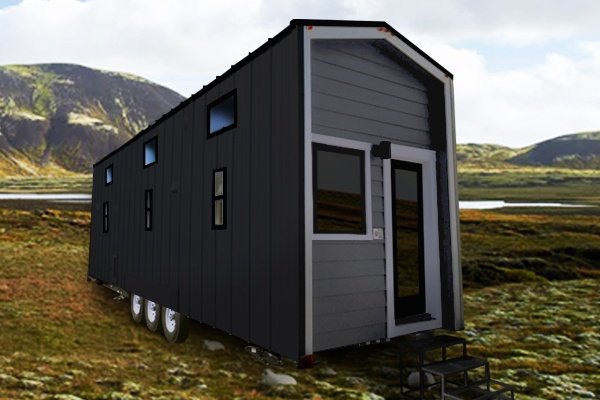
Your tiny home is a sanctuary from the pressures and challenges of the outside world. However, there are things that could disrupt the peace and safety of your space. Chief among these are extreme climate conditions. Unless you take precautions, your tiny home could be particularly vulnerable to damage.
This isn’t something to take lightly. Even if you haven’t personally experienced harsh weather, you may find you will in the near future. Studies suggest that as climate change progresses, extreme weather will become more prevalent and widespread. To ensure you can enjoy your tiny home for years to come, it’s important to start taking action now.
We’re going to explore some of the areas you should focus on.
Research the Risks
There are some general ways to keep your tiny home safe from the weather. However, these won’t always address the nuanced climate-related issues that are specific to your home and environment. By doing a little research here you empower yourself to make informed and relevant decisions.
The risks for tiny homes
The way extreme climate conditions affect larger properties is not always the same as with tiny homes. For instance, the small size of tiny homes means they can often only withstand up to 45 mph winds. This may make them more susceptible to damage and displacement in high winds or hurricanes.
While the more compact design doesn’t necessarily increase the chances of wildfire exposure, if flames reach the property, they may spread to the entire home quickly. This reduces the potential for intervention and recovery. Get to know the features of your tiny home and how they might elevate or influence climate risks.
The risks in your location
The climate conditions your tiny home faces will often depend on your location. Therefore, the safety measures you take for extreme weather should fit the types of hazards that arise in your area. In locations susceptible to floods, you may need to set up simple measures to shut off your electricity, such as relocating your circuit breakers to an easily accessible point in your home.
If you’re in a tornado risk area, you may need to consider adding a basement or bunker for shelter. If you’re unsure what weather risks are prevalent in your area, the Federal Emergency Management Agency (FEMA) keeps a risk index you can search by location.
Fortify Your Property
Preparation is usually preferable to simply responding to extreme climate conditions. It means you’re less likely to have to repair or recover from them. For tiny homes, you can make a difference by analyzing and adjusting aspects of the property.
Elevation and grading
If your tiny home is vulnerable to floods, heavy rain, or significant snowfall, you should fortify against water damage. Water sitting in the soil can weaken the foundations, affecting your home’s stability. Choosing a plot at a point of higher elevation is preferable, as this can place you away from flood plains. However, you can also regrade the land around your property so it slopes downward, ensuring water runs away from your tiny home.
Minimizing wind impact
Strong winds can be a particular risk for tiny homes, causing damage and displacing the home itself in some circumstances. You can fortify your home against this in a few ways. You can install hurricane straps that anchor your home to the ground. You should also properly seal any gaps in your walls so the wind can’t penetrate these areas and cause more damage.
Investing in technology
In recent years, there have been significant advances in technology that protects homes against extreme weather. Storm panels for windows and doors are now being made from polycarbonate materials. These are more durable against debris and high-strength wind.
Storms and wildfires can also raise the risk of pollutants entering your home and affecting both your health and damaging your property. A smart air purifier that monitors air quality in real time can react to changes, minimizing the negative effects. Identifying what technology is most relevant for your tiny home can be a key preventative step.
The steps you take to fortify your tiny home depend on what stage of construction it’s in. If you haven’t yet built your home, you often have more choices. For instance, if you live in a tornado area, you can design your home with stronger foundations to prevent movement. You could also choose an aerodynamic home design that is able to withstand hurricanes and high winds. The earlier you can think about the potential climate impact, the better prepared you’ll be.
Inspect and Maintain
You’re never going to be able to prevent extreme climate conditions from affecting your home entirely. Issues will occasionally arise despite your best efforts. Therefore, one of the essential ways to protect yourself and your tiny home from weather-related damages is to perform relevant inspections and maintenance.
Immediately after an extreme climate event, take a thorough look around your property for damages. Be methodical here. Start at the top of your tiny home, looking for any displaced tiles that could lead to leakages. Work your way down, inspecting the guttering, walls, windows, and screens for evidence of damage or debris impact. Repair or replace these as soon as possible.
Look out for evidence of less-obvious weather damage that may develop over time, too. For instance, heavy rain or even extreme humidity may cause dampness in your tiny house, leading to mold. If you spot the signs that mold is developing in your home, you can take care of this before it becomes a health or property hazard. Musty, damp, or stale smells are good indicators. As are visual evidence, such as dark stains or spots on your walls or ceiling. Identifying the location of mold also gives you a good way to find the source of dampness and address it.
Even if you haven’t had any extreme weather for some time, you should still perform regular inspections and maintenance of your tiny home. Do a thorough once-over check of your home a couple of times a year. Make note of any improvements or areas of concern to explore further.
Conclusion
Taking relevant steps to protect your tiny home from extreme climate conditions is essential for its longevity and your well-being. Take the time to understand the most prevalent risks and adopt the most relevant preparatory steps. It can also be wise to connect with other tiny home enthusiasts in your area. More experienced owners might have insights into the climate challenges that affect tiny homes and have nuanced solutions you can benefit from.
Image Source: Pexels








